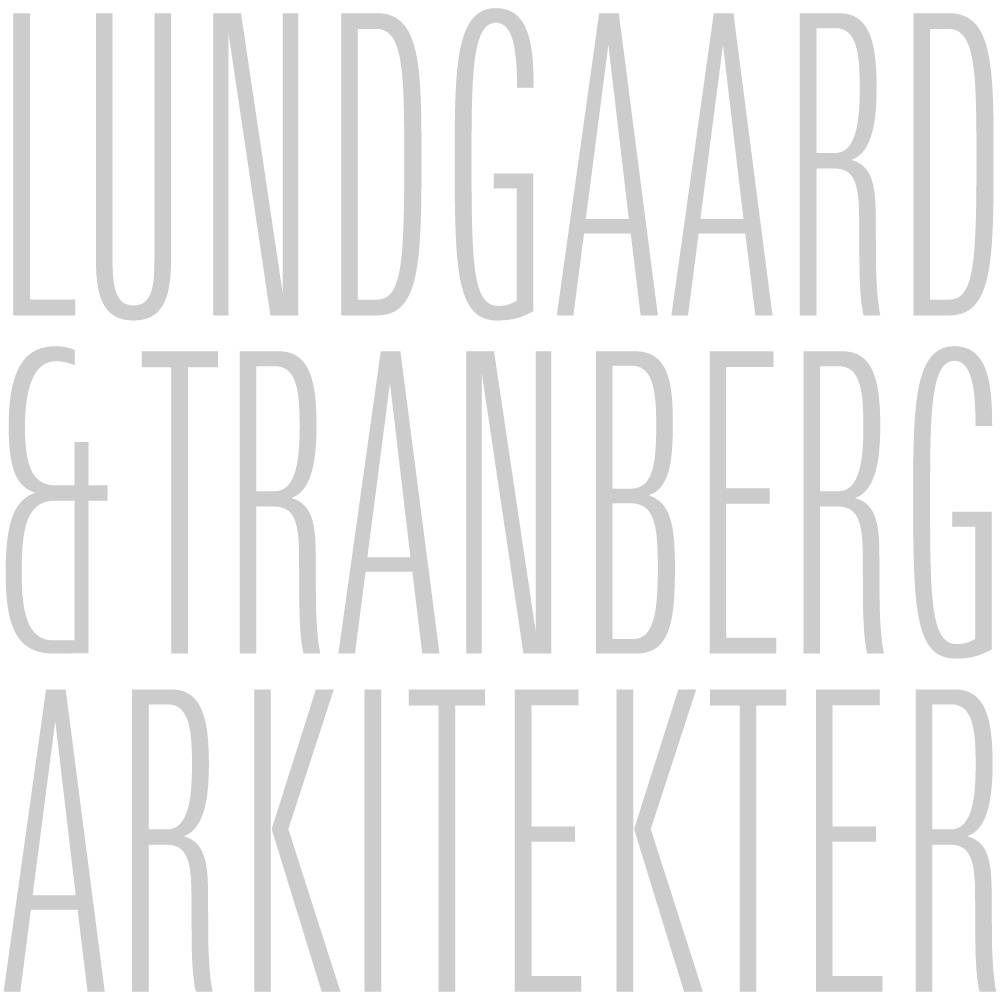Tenderness
Architecture is a love affair. And as with love between people, it is essential we give more than we take.
When we, as architects, begin a new project, we encounter a place for the first time. It may be in nature, it may be a plot in a well-established city or it may be a building that is destined for transformation. One always encounters something, never nothing. Every site has its own atmosphere and history. Often times, it is grand and overwhelming; other times it may initially prove elusive. But if one continues to listen, every site, sooner or later, begins to speak.
We like to imagine that we, as architects, make ourselves available as interpreters and storytellers. It requires a certain receptiveness to stand where a new building is to be planned and attempt to read a site’s history while simultaneously imagining all possible futures and destinies that will flow through that particular site. Naturally, it is impossible to fathom the endless number of potential future scenarios, but that does not prevent us from trying, again and again. We have stood on the square in Denmark’s oldest city, on the outskirts of small towns in the countryside, in open fields, in a bread factory, on a quay, next to a railway line.
When we engage with a place, our goal is to generate life. We do not see our own role as one of clearing and taking away, even though it may be necessary, in concrete terms, to remove something before we can build something new. The spirit of that which is removed can be woven into the new structure, perhaps in the way we interpret an architectural tradition, the scale and rhythm of a place, the placement of a window in a wall or the scintillating colour spectrum of a new roofing tile – materials and technical solutions that take on meaning when carefully placed in a context. This gives all of us, who are alive here and now, the ability to connect with something that is much greater than just a single moment in time. We can move through lively, unending spaces that awaken deep-rooted cultural traditions to life and illuminate how the future offers new ways of being present.
Not so long ago, we designed a school situated between urban Copenhagen and a large protected nature reserve. A structure of concrete rings defines a cluster of spaces that is occupied throughout the day by both children and adults. Constructions must be honed to perfection to last for centuries, but at a completely different level of understanding, it is necessary they constitute recognizable systems of meaning. Intuitively, the children may understand the circular structures of the atrium as trees encircling a clearing in a forest. Hopefully, they experience a sense of calm when they touch the columns, experiencing the cool, pleasant surface of concrete cast in smooth formwork. As they play over the course of the day, perhaps they follow the rays of sun traversing the spaces, reminding them of the way light falls in a natural landscape.
Although a school is a constructed space that provides more complete shelter from the elements than a woodland clearing, they both provide similar fundamental experiences of spaces and their interconnectedness. If children are allowed to realize a sense of self in relation to their physical surroundings, these experiences may stay with them and inform how they perceive the world for the rest of their lives. Hopefully, these primary understandings will in time result in new spaces that touch and affect future generations.
